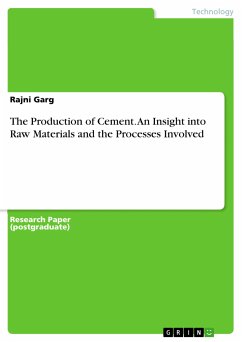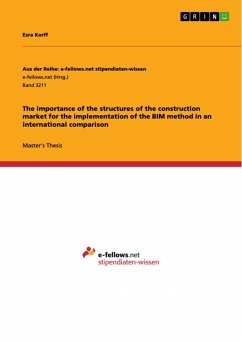Research Paper (postgraduate) from the year 2022 in the subject Engineering - Civil Engineering, grade: A, , language: English, abstract: Since it is crucial to comprehend the variation if uniform raw resources are rare or scarce, in this paper, we will focus on this issue. Raw materials' chemical characteristics have an impact on cement manufacturing. Use other, lower-MgO-content, sources of CaO. Marble, chalk, marl, shell deposits, blast furnace slag, and alkali waste are some of the various materials that can be used. Limestone ash can be processed into silica, alumina, and iron. Iron oxide, silica sand, and other mineral wastes can be used to improve the raw materials' chemistry, however the composition of cement around the world varies. In order to make concrete, Portland cement is typically used. Concrete consists of water, sand, rock, and Portland cement. Calcium, silicon, aluminium, iron, and other components are combined in a chemical reaction to create cement. Materials including shells, chalk, marl, shale, clay, slate, blast furnace slag, silica sand, and iron ore can all be used in the production of cement. Raw materials including slag, ore, and sand are all used. Cement powder is made by pulverising heated components into a fine powder. Limestone and other raw materials for cement manufacture often surround production sites. Cement facilities are typically located near deposits of essential ingredients like limestone, clay, mudstone, and shale. Sedimentary rocks vary greatly in chemistry, thickness, and cement development. Calcium, silica, alumina, and iron are essential for many processes. It's helpful to design and combine stocks with the chemistry of deposits in mind.
Dieser Download kann aus rechtlichen Gründen nur mit Rechnungsadresse in A, B, BG, CY, CZ, D, DK, EW, E, FIN, F, GR, HR, H, IRL, I, LT, L, LR, M, NL, PL, P, R, S, SLO, SK ausgeliefert werden.









